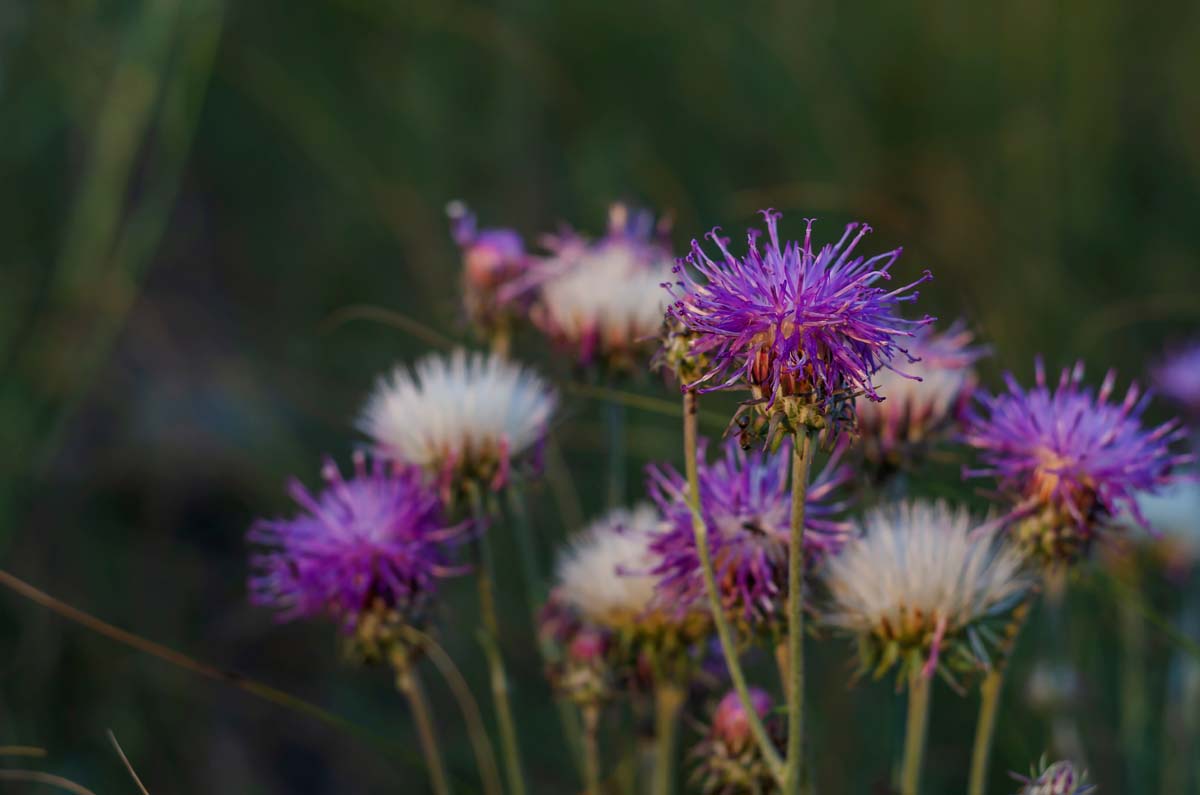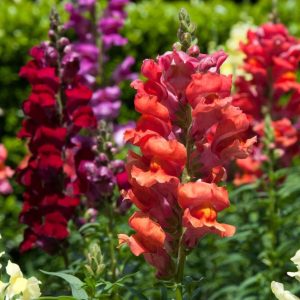Description
Centaurea – Hardheads – Knapweed – Cornflower –
There about 450 species of annuals, biennials, perennials and subshrubs, in this genus. They occur in dry sites, including woodland, rocky mountain slopes, subalpine meadows, and sand dunes mainly in Europe and the Mediterranean with a few in Asia, Australia and North America. The simple leaves are pinnatisect or pinnatifid, and sometimes silvery hairy. They bears spherical or hemispherical flowers with tubular, usually deeply lobed florets, the outer ones often larger and more spreading than the rest, in shade of blue, red, pink, purple, and yellow. Each flower has a conspicuous involucre, the bracts overlapping, fringed, and often with toothed or spiny, silvery white or black tips. Grow in a border or rock garden, some are ideal for naturalizing in grass or in a wildflower garden. Some perennial are grown as summer bedding annuals. All are attractive to bees and butterflies, and many provide excellent cut flowers.
Grow in well drained soil in full sun. Divide in spring or fall.
Prone to white mold, rust, downy mildew, powdery mildew, thread blight, and southern blight.
C. americana – Basket Flower – Cardodel-valle – This thick, erect annual from South Central to Southeastern USA grows 3-5′ feet tall and 30-36″ wide. It produces rough, lance shaped leaves, to 4″ long. Throughout summer it bears large, rose-lilac to white flowers, 4-6″ across, with densely webbed buds. Flowers close at night.
Zones





